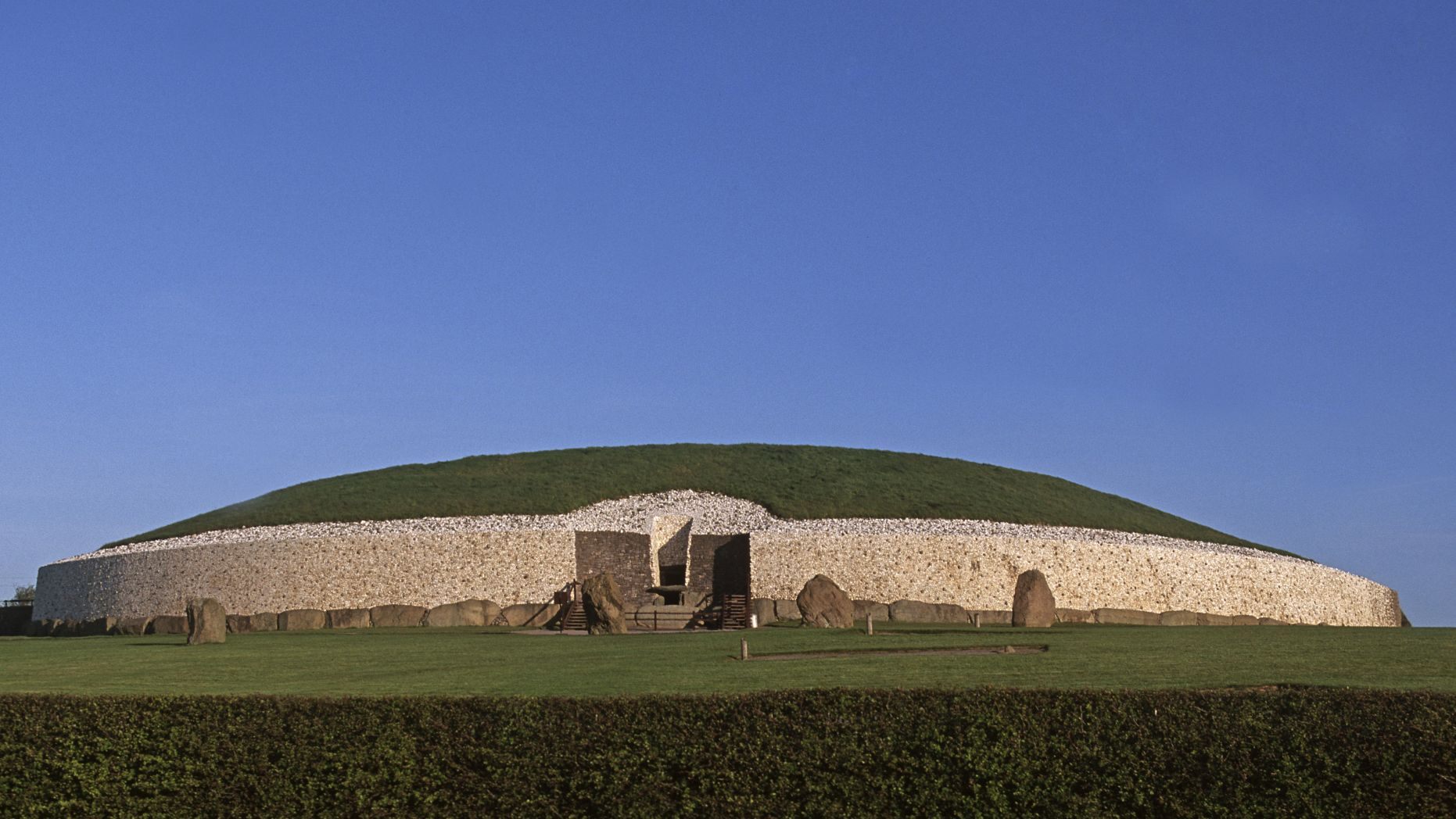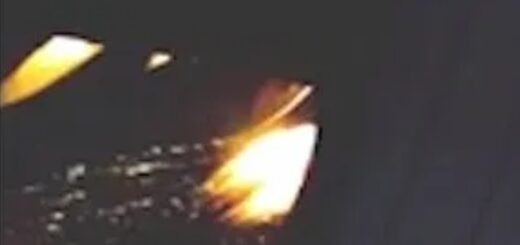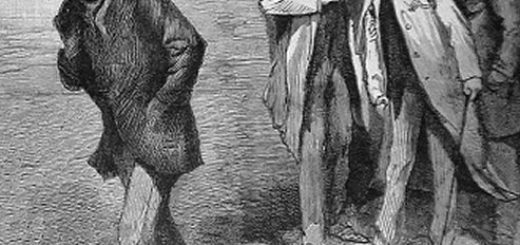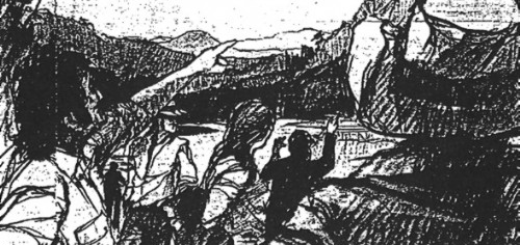DNA from ancient Irish tomb indicates royal incest, study finds

The remains of a man found buried inside a stone tomb in Ireland indicates he was the product of incest, a new study reveals.
Researchers found that DNA extracted from the man’s remains contains a much higher number of identical versions of the same genes – which indicates that his parents were either siblings or a parent and child.
The discovery inside the gigantic tomb also provides insights into how ruling families operated during that time and their ability to build massive engineering projects.
The man’s bones had previously been found in the Newgrange passage tomb, a large mound near the River Boyne, according to the study’s abstract.
WORLD’S LARGEST REPTILE EGG DISCOVERED ON ANTARCTICA
Newgrange – file photo.
Newgrange – file photo. (Photo by Wojtek BUSS /Gamma-Rapho via Getty Images)
For the study, led by geneticists Lara Cassidy and Daniel Bradley of Trinity College Dublin, researchers examined DNA from 44 people buried in various Irish tombs and graves dating to between roughly 6,600 and 4,500 years ago.
ROYAL DYNASTY FACIAL DEFORMITY KNOWN AS ‘HABSBURG JAW’ WAS CAUSED BY INBREEDING, SCIENTISTS SAY
Only the Newgrange man, who was interred in the largest and most impressive structure, had inherited genetic markers of incest.
Entrance to the Newgrange Stone Age Passage Tomb (UNESCO World Heritage List, 1993), County Meath. Ireland, ca 3200 B.C. – file photo.
Entrance to the Newgrange Stone Age Passage Tomb (UNESCO World Heritage List, 1993), County Meath. Ireland, ca 3200 B.C. – file photo. (Photo by DeAgostini/Getty Images)
The researchers, led by geneticists Lara Cassidy and Daniel Bradley of Trinity College Dublin, published their findings on Wednesday in the journal Nature.
In December of last year, a study revealed that the facial deformity known as “Habsburg Jaw” – seen in the dynasty of Spanish and Austrian royals – is a sign of inbreeding.



 Creators of mankind
Creators of mankind Description of “Tall white aliens”
Description of “Tall white aliens” Where they came from?
Where they came from? About hostile civilizations
About hostile civilizations The war for the Earth
The war for the Earth “Tall white aliens” about eternal life
“Tall white aliens” about eternal life Video: “Nordic aliens”
Video: “Nordic aliens” Aliens
Aliens Alien encounters
Alien encounters The aliens base
The aliens base UFO
UFO Technology UFO
Technology UFO Underground civilization
Underground civilization Ancient alien artifacts
Ancient alien artifacts Military and UFO
Military and UFO Mysteries and hypotheses
Mysteries and hypotheses Scientific facts
Scientific facts


















